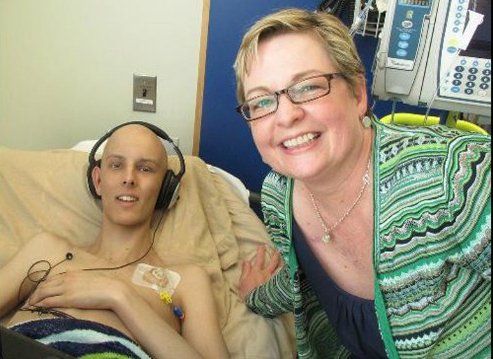
It would be the first significant redrawing of the nutrition information on food labels since the federal government started requiring them in the early 1990s. Those labels were based on eating habits and nutrition data from the 1970s and ’80s, before portion sizes expanded significantly, and federal health officials argued that the changes were needed to bring labels into step with the reality of the modern American diet.
“It’s an amazing transformation,” said Dr. Margaret A. Hamburg, commissioner of the F.D.A. “Things like the size of a muffin have changed so dramatically. It is important that the information on the nutrition fact labels reflect the realities in the world today.”
The proposed changes include what experts say will be a particularly controversial item: a separate line for sugars that are manufactured and added to food, substances that many public health experts say have contributed substantially to the obesity problem in this country. The food industry has argued against similar suggestions in the past.
“The changes put added sugars clearly in the cross hairs,” said Dr. David A. Kessler, who was commissioner during the original push for labels in the 1990s. “America has the sweetest diet in the world. You can’t get to be as big as we’ve gotten without added sweeteners.” Millions of Americans pay attention to food labels, and the changes are meant to make them easier to understand — a critical step in an era when more than one-third of adults are obese, public health experts say. The epidemic has caused rates of diabetes to soar, and has increased risks for cancer, heart disease and stroke.
The proposal will be open to public comment for 90 days, and it will take months before any change is made final. In a special concession to industry, the agency is allowing companies two years to put the changes into effect.
Source: New York Times



 Previous research has found that emotions affect eating, and that negative moods and positive moods may actually lead to preferences for different kinds of foods. For example, if given the choice between grapes or chocolate candies, someone in a good mood may choose the former while someone in a bad mood may choose the latter. The research reported in this article looks at the “why:” Why, when someone is in a bad mood, will they choose to eat junk food and why, when someone is in a good mood, will they make healthier food choices?
Previous research has found that emotions affect eating, and that negative moods and positive moods may actually lead to preferences for different kinds of foods. For example, if given the choice between grapes or chocolate candies, someone in a good mood may choose the former while someone in a bad mood may choose the latter. The research reported in this article looks at the “why:” Why, when someone is in a bad mood, will they choose to eat junk food and why, when someone is in a good mood, will they make healthier food choices?





